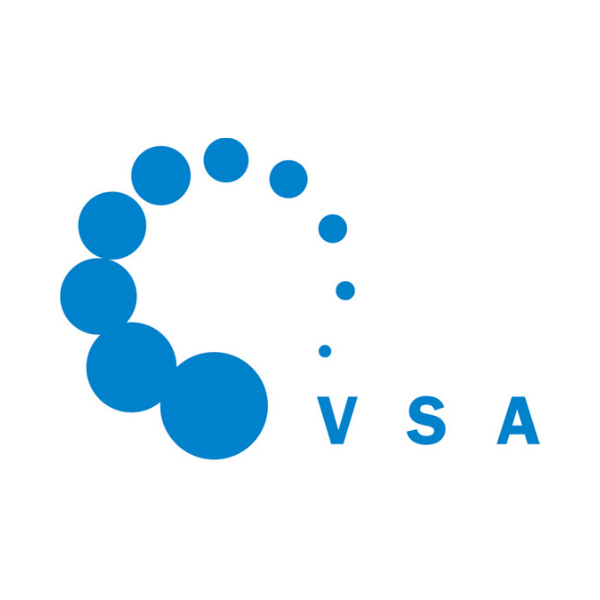Latest news and blog
-
EurEau welcomes the publication of the European Preparedness Union Strategy
Today, the European Commission published its European Preparedness Union Strategy, setting out...
-
Celebrating World Water Day 2025
This year we celebrate glaciers on World Water Day (22 March), and the important role they play in...
-
EurEau reaction to legal challenges filed by the pharmaceutical and cosmetics sectors on the Urban Wastewater Treatment Directive
EurEau notes the legal challenge from the two sectors that will have to contribute to the EPR...
VSA

Verband Schweizer Abwasser- und Gewässerschutzfachleute
The Swiss waste water association
Verband Schweizer Abwasser- und Gewässerschutzfachleute is the Swiss waste water association. VSA has been committed to clean and living rivers and the protection and sustainable use of water resources since 1944.